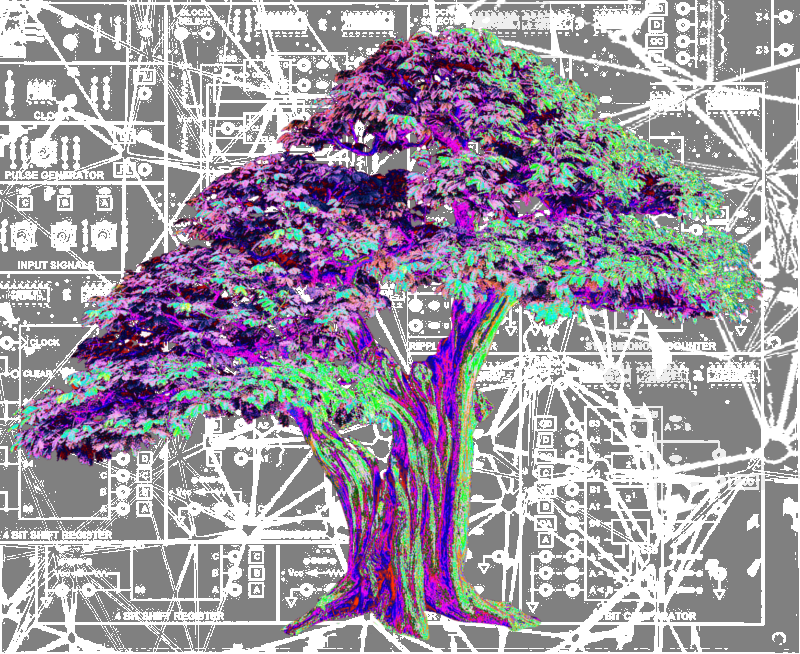Public data plots family moves
 Computer scientists have used public data shared by genealogy enthusiasts to create a massive, crowd-sourced “family tree”.
Computer scientists have used public data shared by genealogy enthusiasts to create a massive, crowd-sourced “family tree”.
The project was able to make some intriguing new findings about trends in marriage and genetic relatedness in previous generations.
By tracing the lives of millions of people, the tree brings to light additional impacts of human culture on the spread of genetic information, suggesting, for example, that a recent reduction in genetic relatedness in Western societies had more to do with shifting cultural factors than it did with the advent of transportation.
Constructing population-scale family trees has been an extremely labour-intensive process.
In a new project using social media data, researchers were able to create such a tree by analysing records from 86 million publicly available profiles from Geni.com, a crowd-sourced genealogy website.
The Geni.com data was found to reflect historical events and trends such as elevated death rates at military age during the American Civil War, WWI, and WWII, and a reduction in child mortality during the 20th century.
By comparing the data from Geni.com to traditional genetic studies exploring heritability, the authors found a similar, albeit smaller, estimate of the heritability of longevity.
Looking at migration patterns, they found that females migrate more than males in Western societies, but over shorter distances.
Additionally, couples born between 1800 and 1850 showed a two-fold increase in the distance travelled before being married, the authors say, from 8 kilometres in 1800 to 19 kilometres in 1850.
Intriguingly, the increase in marital distance occurred at the same time as an increase in genetic relatedness (individuals continued to marry relatives), contrary to the theory that people become more genetically diverse as they disperse.
“From these results, we hypothesize that changes in 19th century transportation were not the primary cause for decreased consanguinity,” the researchers wrote.
“Rather, our results suggest that shifting cultural factors played a more important role in the recent reduction of genetic relatedness of couples in Western societies.”








 Print
Print